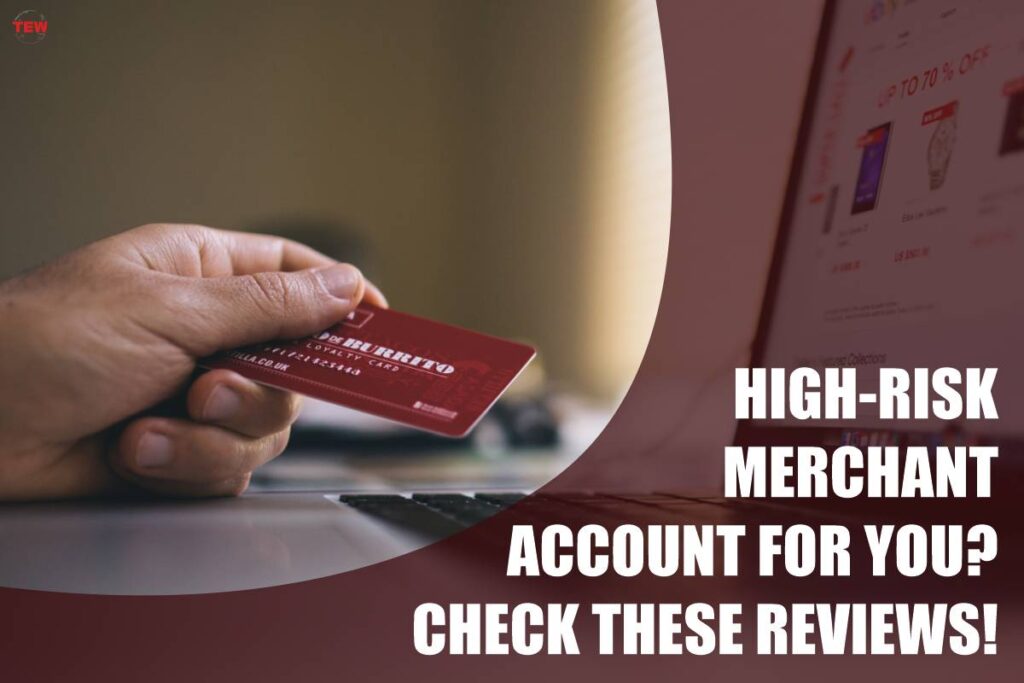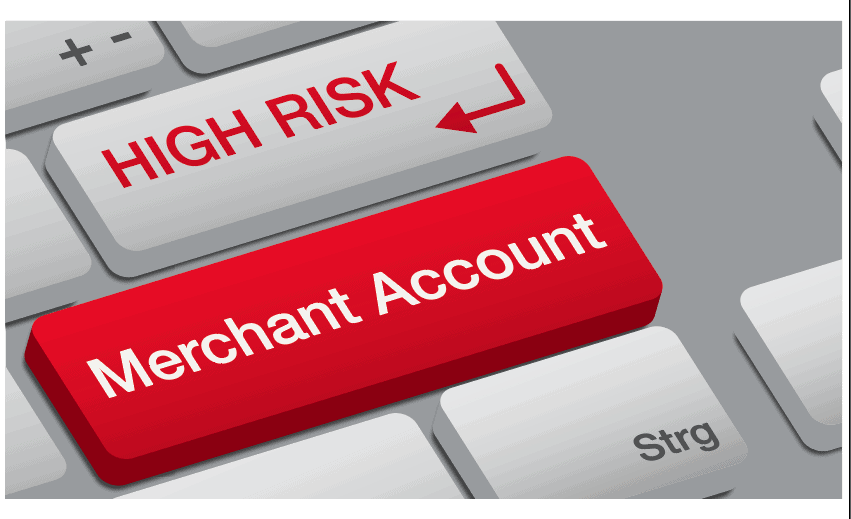High-Risk Merchant Account What Is It and What Should You Know?

High-risk merchant accounts are not all the same. There are various types of high-risk merchant accounts to choose from, depending on your business and how much risk you’re willing to take on. These accounts come with their own pros and cons, so it’s important to understand which one is best for your business. High-risk merchant accounts are designed for businesses that have a higher risk of chargebacks or instances in which customers dispute a charge on their bill. These accounts may be right for you if you sell adult products, services, or content, offer subscriptions with recurring payments, or sell items like alcohol, tobacco, or firearms. If you have been declined by other providers because of the nature of your business and have no other alternative but to operate it as a high-risk business, then you should know that there are specific high-risk merchant account providers out there who can help you.
What to Look for in a High-Risk Merchant Account
Before you choose a high-risk merchant account provider, it’s important to understand what makes these accounts different from traditional accounts. While it’s true that they may charge higher fees, they also are designed to accommodate a different type of business—and come with certain limitations and security protocols designed to reduce fraud and chargebacks. If you’re looking for a high-risk merchant account, you should make sure that it has the following features:
High Risk Merchant Accounts: A Menu of Options
Depending on your business and the products or services you sell, you may be able to use a standard account or a high-risk account. If your business is high risk, but there are ways to reduce the risk (such as by using a third-party risk management company), then you can get the best of both worlds by using a high-risk account. – Standard account: Standard accounts are available to almost any type of business. They often come with low fees and minimal paperwork, but also have a high risk of chargebacks. – High risk account: High-risk accounts are designed for businesses that have a higher risk of chargebacks, such as adult products, services, or content, subscription businesses, or businesses that sell items like alcohol, tobacco, or firearms. – Hybrid account: Hybrid accounts are similar to high-risk accounts, but with certain limitations designed to reduce fraud and chargebacks. They often have higher fees than standard accounts, but less than high-risk accounts. – Co-branded account: Co-branded accounts are specifically designed to serve high-risk businesses. They often come with higher fees, but decreased risk of chargebacks. – Private label/white label account: Private label accounts are designed for specific industries, such as online gambling, online pharmacies, and telecom companies. They are often available to high-risk businesses.
Visa and Mastercard Sponsored Accounts
Visa and Mastercard have their own high-risk accounts for businesses that sell products or services on the internet. These cards may be the best option for you if your business has a high risk of chargebacks and you can’t obtain a standard or high-risk account from any other provider. – What to look for: These accounts are often very similar to standard accounts. They have lower fees than high-risk accounts and may be accepted by more providers. – Drawbacks: These accounts often have high spending limits and can require you to open a new merchant account.

Electronic Clearing House Accounts
An ECH merchant account is designed specifically for the telecommunication and entertainment industries and often comes with lower fees than high-risk accounts. If your business falls into one of these industries, an ECH account may be the best option for you. – What to look for: ECH accounts often have lower fees than high-risk accounts, but may be harder to obtain. – Drawbacks: These accounts are designed for specific industries, so they may be harder to obtain if your business doesn’t fall into one of these categories.
Real World Differences Between High Risk Accounts
While high-risk accounts may come with higher risk and fees, there are ways to reduce the risk and protect your business from chargebacks. One of the best ways to do this is to make sure that all your employees and processes are compliant with federal and state laws. This includes having a robust fraud prevention and risk management strategy in place. – Standard account: Standard accounts expect you to comply with all applicable laws—but you may not have the resources to do so. – High risk account: High-risk accounts require you to have an effective anti-fraud and risk management strategy in place. – Hybrid account: Hybrid accounts often have a compliance review in place, but require you to comply with applicable laws.
Conclusion
When it comes to high-risk merchant accounts, it pays to know your options. Before choosing a specific account, make sure you understand each account’s rates and fees to avoid sticker shock. Choose an account with the features you need for your business and one that will support your growth. Make sure to understand all the details of each account before you commit to one.





